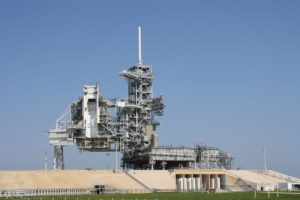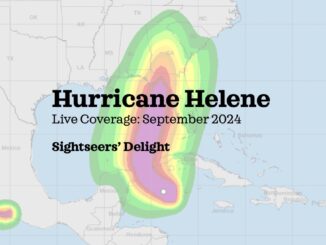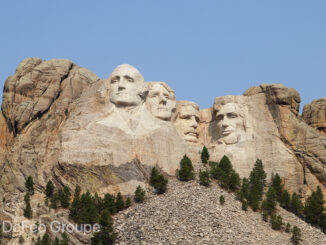
NASA said it will start letting visitors tour a famous launch pad that has been used by the Apollo Saturn V rockets that sent astronauts to the moon and later the space shuttles.
“The KSC Up-Close: Launch Pad Tour,” which launches today, takes Kennedy Space Center visitors into the normally secure Launch Complex 39.
The tour is part of the space center’s 50th anniversary rare-access tours. A knowledgeable space expert will lead the tour.
“Visitors will travel the same route as astronauts to the launch pad, so they can imagine being an astronaut,” Bill Moore, chief operating officer of Kennedy Space Center Visitor Complex, said in a news release. “You’re going to be close to where history has been made and will be made in the future with new programs currently under development for space exploration.
“These are all very rare opportunities that NASA has worked with us to provide to our visitors from Florida, across the United States and overseas,” Moore said. “With exciting new space exploration programs coming to Kennedy Space Center, we may never have access to such historic places like this again.”
The Launch Pad Tour will run through the end of 2012 with a limited number of daily tours.
“The launch pad is the last place that I was on Earth before reaching the heavens,” former space shuttle astronaut Jon McBride said in a news release. “You can walk in my shoes.”
In May, Kennedy Space Center announced its “Up-Close Tour” was extended through the end of 2012. The tour provides visitors a look inside the 525-foot-tall Vehicle Assembly Building (VAB), where the Apollo rockets and space shuttles were assembled.
In addition, NASA, which retired the space shuttle fleet last year, has given its fleet of space shuttles and related test vehicles to various museums across the country, including Kennedy Space Center (Atlantis), the Intrepid Sea, Air & Space Museum Complex in New York (Enterprise) and the Smithsonian Institution’s National Air and Space Museum in Washington (Discovery).
The Explorer, a replica shuttle, was sent to NASA Lyndon B. Johnson Space Center (JSC) in Houston.
For more information, visit www.kennedyspacecenter.com.





